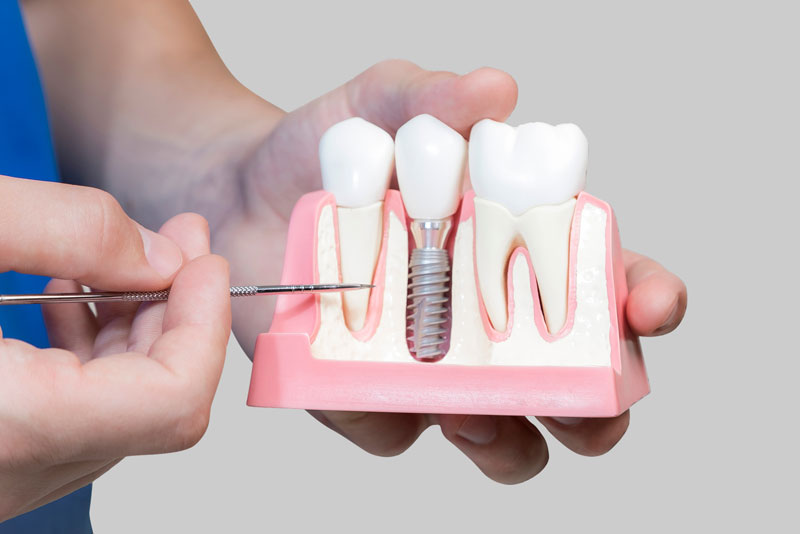In the world of cosmetic dentistry, veneers and Lumineers are often considered the cure-all for a variety of smile malfunctions. Durable, attractive, and virtually instantaneous and painless, this revolutionary technology can transform crooked teeth, caps, chips, discoloration, and other damages and deformations into gleaming Hollywood smiles overnight. All you need is a small piece of medical-grade porcelain adhered to your tooth, and you’re good to go. Although the technical distinctions between Lumineers and veneers are very subtle, it can make all difference when it comes to handcrafting your picture-perfect grin.

What’s The Difference Between Veneers and Lumineers?
Veneers were invented in the late 1920’s by a Hollywood dentist to give actors and actresses the perfect smile that has now become famous. By the 1960s, this technology was adapted for consumers, and became a hallmark of cosmetic dentistry. Technically, Lumineers are just a further advance in this technology, using thinner pieces of ceramic for more subtle modifications. Because conventional veneers are usually larger, they are more appropriate for larger, instant-orthodontic work. But at the end of the day, the quality of your smile will be the same regardless of which procedure you choose.
Feel and Comfort
One of the main advantages to Lumineers is that they are thinner than conventional veneers, which means that they require a less intensive procedure for installation. In order to get the porcelain to adhere to the surface of the teeth, both veneer and Lumineer procedures require the dentist to remove some of the surface enamel of your teeth. This allows the bonding chemical some traction to really hold onto the tooth for years. With Lumineers, you will not need as much enamel removed compared to conventional veneers.
Cost
Both veneers and Lumineers are priced per tooth. On average, Lumineers are around $200 more per tooth than veneers, owing to their proprietary, advanced technology. But this doesn’t mean that they are necessarily the better solution, or that veneers are a cheaper, lower-quality alternative. As we discussed earlier, Lumineers and veneers can be uniquely suited for specific problems. In the case of a minor tooth extension or permanent whitening solution, the minimally invasiveness of Lumineers is advantageous. However, if you have wide tooth-gaps, or large chips, veneers offer more material for doctors to work with in extreme-makeover type situations.



















